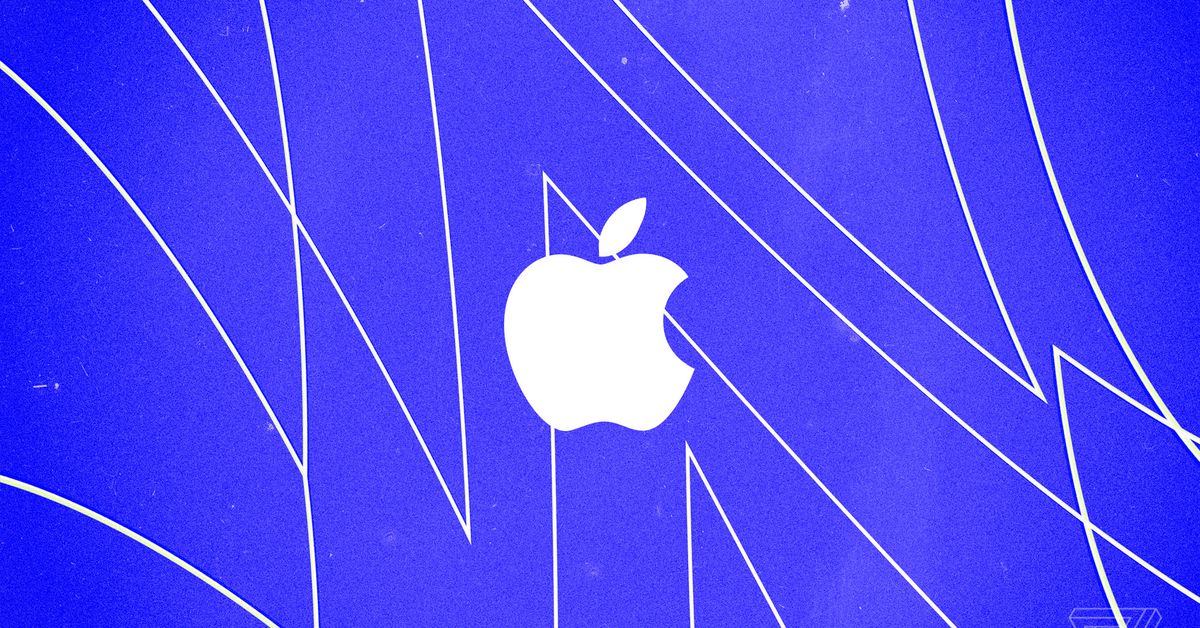
Chip shortage for electronics players, which has got accentuated with the Russia-Ukraine war, will adversely impact production targets of domestic manufacturers like Lava, Micromax and others under the production-linked incentive scheme if the crisis continues for a long duration. However, the supplies of global players like Apple and Samsung may not get impacted because of the scale of their operations, which gives them higher leverage with the suppliers.
Ukraine is a major supplier of metals like palladium and other raw materials including purified rare gases neon and krypton, which are essential for making semiconductors along with nickel, platinum, rhodium and titanium. It accounts for almost 70% of the world’s neon gas capacity, which again is used for chip making.
Since global players like Apple and Samsung are leading smartphone manufacturers, they have higher purchasing power, hence they enjoy better leverage with the suppliers. Quite in contrast, smaller, local players like Lava and Micromax may find difficulty in sourcing new supplies once they exhaust their inventories, said industry sources.
It is quite possible that smaller, local players may start placing multiple orders with several suppliers to offset their risk. This may further create shortages if the Ukrainian crisis continues for long.
For smartphone PLI, five global and five domestic companies have been selected. Among global players, the major companies selected are Foxconn, Rising Star, and Wistron, who are contract manufacturers for Apple. Samsung is another major global manufacturer.
Selected domestic players are Lava, Micromax Padget (Dixon) and United Telelinks (Karbonn), and Optiemus.
To claim incentives, which is based on the companies achieving incremental production and sales target, global firms need to achieve minimum incremental sales of Rs 4,000 crore in first year, Rs 8,000 crore in second year, Rs 15,000 in third year, Rs 20,000 crore in fourth year and Rs 25,000 crore in fifth year. Further, the phones made by them should have an invoice value of over Rs 15,000.
For local companies, the incremental sales targets are Rs 500 crore in first year, Rs 1,000 crore in second year, Rs 2,000 crore in third year, Rs 3,500 crore in fourth year and Rs 5,000 crore in fifth year.
As is known, the total outlay for smartphone PLI is Rs 40,951 crore and the incentive ranges between 4-6% annually.


/cdn.vox-cdn.com/uploads/chorus_asset/file/25547838/YAKZA_3840_2160_A_Elogo.jpg)

/cdn.vox-cdn.com/uploads/chorus_asset/file/25547226/1242875577.jpg)
/cdn.vox-cdn.com/uploads/chorus_asset/file/25546751/ES601_WEBR_GalleryImages_KitchenCounterLineUp_2048x2048.jpg)
